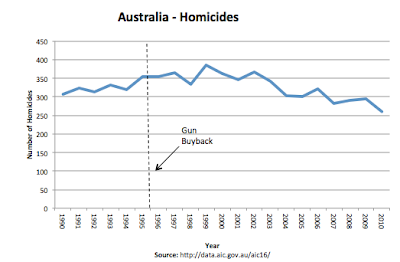Thousands of young boys and girls, including scores from Canada, are set to converge on Gillette Stadium in Foxborough, Mass. on New Year’s Day to watch their heroes play in the latest installment of the NHL’s Winter Classic.
Among those lucky enough to go is six-year-old Syed Adam Ahmed, alongside dad Sulemaan Ahmed from Markham, Ont.
Syed was born in Toronto, but isn’t a Leafs fan — which given the home team’s dismal performance throughout Ahmed’s young life, is perhaps understandable.
“My husband is a diehard Habs fan, so he kind of instilled that in him,” Khadija Cajee, Ahmed’s 37-year-old mother said by phone Thursday.
But the father and son, who goes by his middle name, Adam, took longer to get to the game than most did who were headed from Pearson International to Logan in Boston. That’s because Adam is on Air Canada’s security risk list, and was flagged as DHP, or Deemed-High-Profile individuals who could pose potential threats to public safety.
Both were held up at Pearson en route to the game after Adam’s name once again surfaced on Air Canada’s system as the pair checked in for their flight. How the boy got on the secretive list is a mystery.
Certainly the Ahmed family doesn’t.
“We’ve been trying to get answers from the government,” Cajee said.
From Adam’s birth, the family has faced delays when travelling by air, regardless of what carrier they fly with, Cajee said. But the family of five – Ahmed and Cajee have two daughters, age 12 and 7, as well – fear what could happen as Adam gets older.
On a 2011 family vacation to Mexico, the Ahmeds had their passports taken by Mexican officials only to have them returned half an hour later with little explanation. “They wouldn’t give us any answers – we were panicky,” Cajee said.
It was then a “very kind” Air Canada agent did something they perhaps weren’t allowed to, but did anyway: informed the Ahmeds their son had somehow landed on a watchlist.
Inquiries to Transport Canada and Public Safety Canada resulted in letters returned with vague responses. “They said basically they can’t acknowledge if there is or isn’t a list or [whether] his name is or is not on it,” Cajee said. “It’s basically a non-answer answer.”
The Ahmeds are by all accounts a quintessential Canadian family. Sulemaan Ahmed was born in Ottawa in 1974. He met Cajee when both their families moved to Nova Scotia, hers to escape Apartheid South Africa. Ahmed attended Dalhousie University in Halifax.
Fourteen years ago, the couple moved to Montreal — where Ahmed’s Canadiens loyalties were cemented — then onto Toronto to open a consulting business.
“This is kind of like a step backwards for me,” Cajee said in a phone interview from Halifax where she was visiting family as her husband and son were finally in the air making their way to the NHL’s mid-season highlight.
Before leaving, her husband tweeted out his frustrations to Air Canada: “Why is our (Canadian born) 6 year old on DHP no fly list? He must clear security each time.”
Attached to the message was a picture Ahmed took of a computer screen at the Toronto airport that shows Adam’s name with the words “high profile – DHP”.
“He is 6.

” Ahmed’s tweet said, poking a bit of fun at the situation.
An Air Canada spokesperson said the airline was reviewing the situation.
“Like all airlines we must comply with the law,” Peter Fitzpatrick, a spokesperson, said in an email. “Nonetheless, we will review this matter to determine what measures are available to facilitate future travel.”
Delays and the odd passport scare at a foreign airport are what the family confronts now. But it’s what’s to come for their son if he remains flagged on this list – one that contains verified terrorists, according to reports – that has them worried.
“I’m just afraid that as my son gets older, the security checks are going to escalate,” his mother said. “He’s going to have to deal with being in the light of suspicion for the rest of his life.”
“It’s the reason we want to get this resolved soon,” Cajee said.
A media relations spokesperson for Public Safety Canada said the department planned to comment, but has yet to send a response to Global News.
“It’s unfair,” Cajee said. “I look at it as, he’s basically being carded for being Muslim.”
CORRECTION: This story was updated on January 2nd. It originally stated that Syed Adam Ahmed was on a federal watchlist but has been corrected to note that he is on an Air Canada Deemed-High-Profile list of potential threats to public safety.


